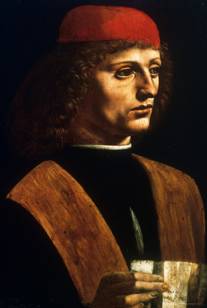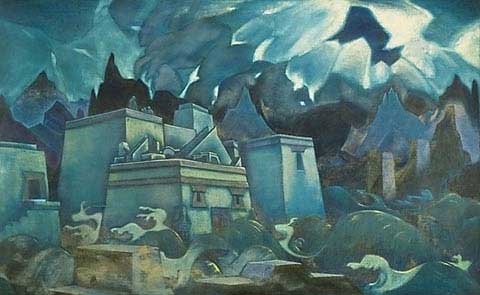
"...consider what impetuous force
Turns stars and planets in a diff'rent course.
I steer against their motions; nor am I
Born back by all the current of the sky.
But how cou'd you resist the orbs that roul
In adverse whirls, and stem the rapid pole?"-- Ovid, poet, Metamorphoses Book II: Phaeton, 8
"Have we of all mankind been deemed deserving that heaven, its poles uptorn, should overwhelm us? In our time has the last day come?" -- Lucius A. Seneca, philosopher statesman, Thyestes, 1st century
Greenland and Antarctica are currently in an ice age. But this has not always been the case. Formerly temperate green continents such as Greenland and Antarctica (see my post
When Antarctica Was Green) weren't always located at the poles. So-called "ice ages" such as exist in Antarctica and Greenland today are only
caused by axis shift. There was an astronomical
catastrophe. Though some giants and
megafauna survived, it should be called the P-H Extinction Event since it marked the end of the Pleistocene and the beginning of the Holocene.
Woelfli, W., and Baltensperger, W.,
A Link Between an Ice Age Era and a Rapid Polar Shift, Jul 2004
The striking asymmetry of the ice cover during the Last Global Maximum suggests that the North Pole was in Greenland and then rapidly shifted to its present position in the Arctic Sea. A scenario which causes such a rapid geographic polar shift is physically possible. It involves an additional planet, which disappeared by evaporation within the Holocene. This is only possible within such a short period, if the planet was in an extremely eccentric orbit and hot. Then, since this produced an interplanetary gas cloud, the polar shift had to be preceded by a cold period with large global temperature variations during several million years.
Either that or maybe there really isn't a global conspiracy spanning several millenia to convince us Venus is a new planet.
"As Zeus's daughter [Venus] she'll be immortal and live in heaven with her brothers, Pollux and Castor, the heavenly twins, an extra star for ships to steer their courses by." -- Euripides, playwright, Orestes, 408 B.C.
"Then, it was then that Zeus changed the radiant paths of the stars, and the light of the sun, and the bright face of dawn; and the sun drove across the western back of the sky with hot flame from heaven's fires, while the rain-clouds went northward and Ammon's lands [Egypt] grew parched and faint, not knowing moisture, robbed of heaven's fairest showers of rain." --Euripides, playwright, Electra, 408 B.C.
"Some of the Italians called Pythagoreans say that the comet is one of the planets [Venus]." -- Aristotle, philosopher, Meteorology, 350 B.C.
"...all the comets that have been seen in our day have vanished without setting, gradually fading away above the horizon; and they have not left behind them either one or more stars. ... Democritus however, insists upon the truth of his view and affirms that certain stars [Venus] have been seen when comets dissolve." -- Aristotle, philosopher, Meteorology, 350 B.C.
"Here you see the Morning Star [Venus]. Who sees the Morning Star shall see more, for he shall be wise." -- Black Elk, medicine man, August 1930
"... the morning star [Venus] lives to give men wisdom ...." -- Black Elk, medicine man, August 1930
"In an ancient Hindu tablet of planets, attributed to the year -3012 Venus among the visible planets is absent [Delambre, J.B.J., Histoire de l'astronomie ancienne I, Page 407, 1817: 'Venus alone is not found there.']." -- Immanuel Velikovsky, cosmologist, 1950
"These four-planet systems and the inability of the ancient Hindus and Babylonians to see Venus in the sky, even though it is more conspicuous than the other planets, are puzzling unless Venus was not among the planets." -- Immanuel Velikovsky, cosmologist, 1950



























